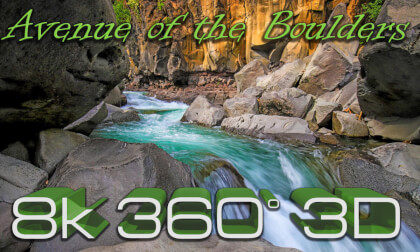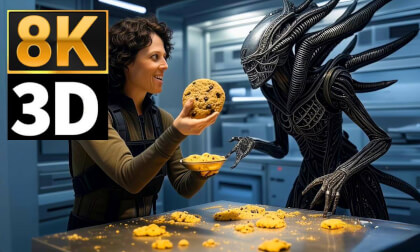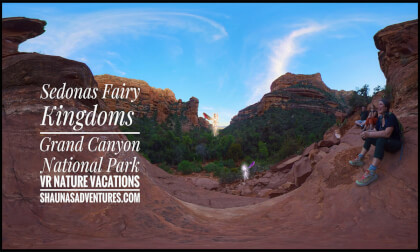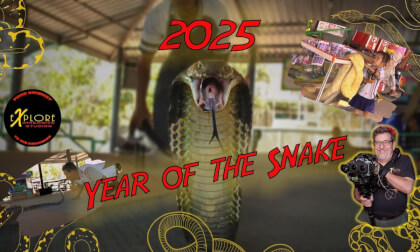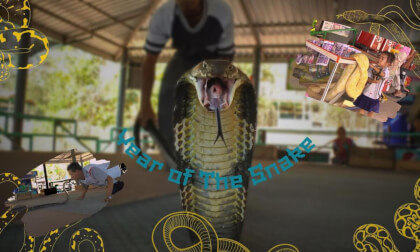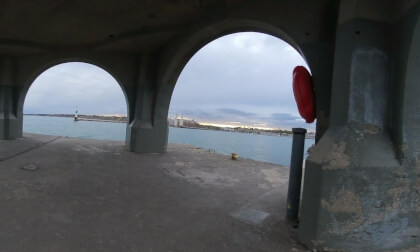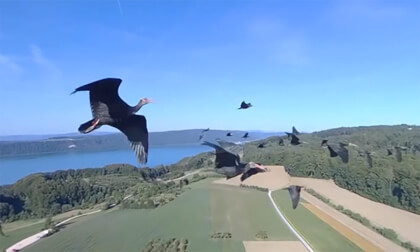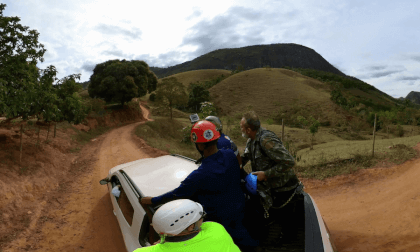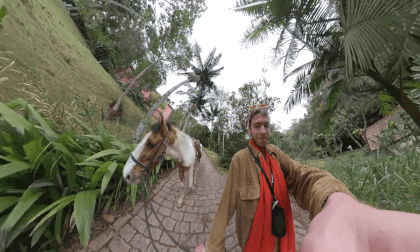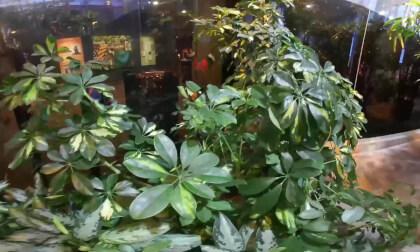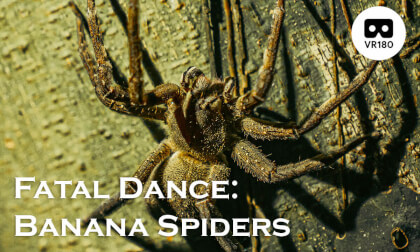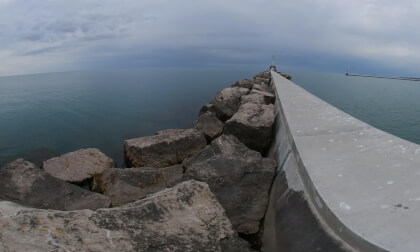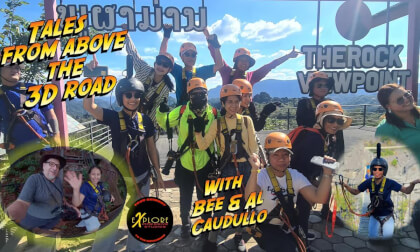
New: AI passthrough!
This amazing Deo feature uses the power of AI to turn every VR scene into AR passthrough! Now you can take characters out of VR and have them right there with you - as if they were in the same room.
Notice: AI Passthrough is presently in beta mode, and as such, users may encounter occasional service imperfections. The feature is currently exclusive to the DeoVR app, but it will soon be accessible on both browsers and mobile devices. Your feedback is highly encouraged and appreciated.
Recommended headsets:
Meta Quest 3, and Quest Pro with stereoscopic color passthrough, Pico 4 (monoscopic color passthrough).
Compatible headsets:
Quest 2, Valve Index (monoscopic black and white passthrough).
Passthrough is not compatible yet for Oculus Link cable.
Check out our complete guide to passthrough and join in the discussion at our busy forum.
Be sure to SUBSCRIBE!! And click the bell for post notifications
Insane Nature Virtual Reality Playlist
https://tinyurl.com/7u8t3hjm
Get a load of these cunning stunts on the Flipside:
https://tinyurl.com/bdzk6u5z
Our other channel, Slapmedia
YouTube.com/Slapmedia
Bookmark our website!
www.theFlipside.tv
Appearing originally in the early 1900s at Coney Island, the funhouse is so called because in its initial form. It was just a house or larger building containing a number of amusement devices. At first these were mainly mechanical devices. Some could be described as enlarged, motorized versions of what might be found on a children's playground. The most common were:
Slides, usually much taller and steeper than those on playgrounds. Some were as much as two stories high. Slides of comparable size can be seen today on carnival midways as separate attractions. Most were made of polished hardwood, and riders sat on burlap mats to protect themselves from friction burns and to ensure that rubber-soled shoes didn't slow the slider down.
Spinning disks. While the disk was stationary, patrons sat in its center. When the operator started the disk's spinning mechanism, people were thrown off by inertia combined with centripetal force, ending up against a padded wall. A variation was a disk with a raised center, shaped much like a Bundt cake mold; as t





